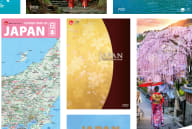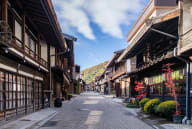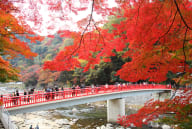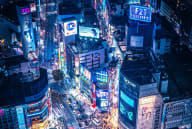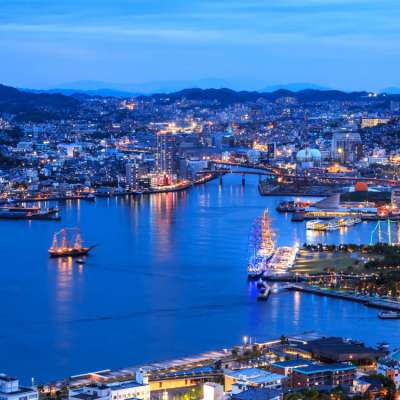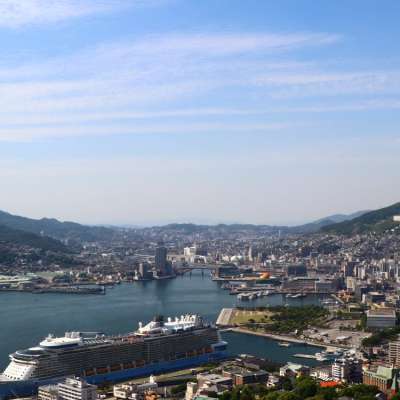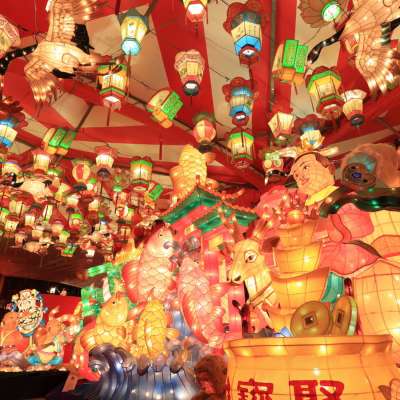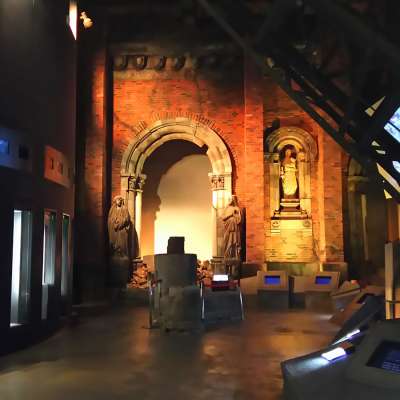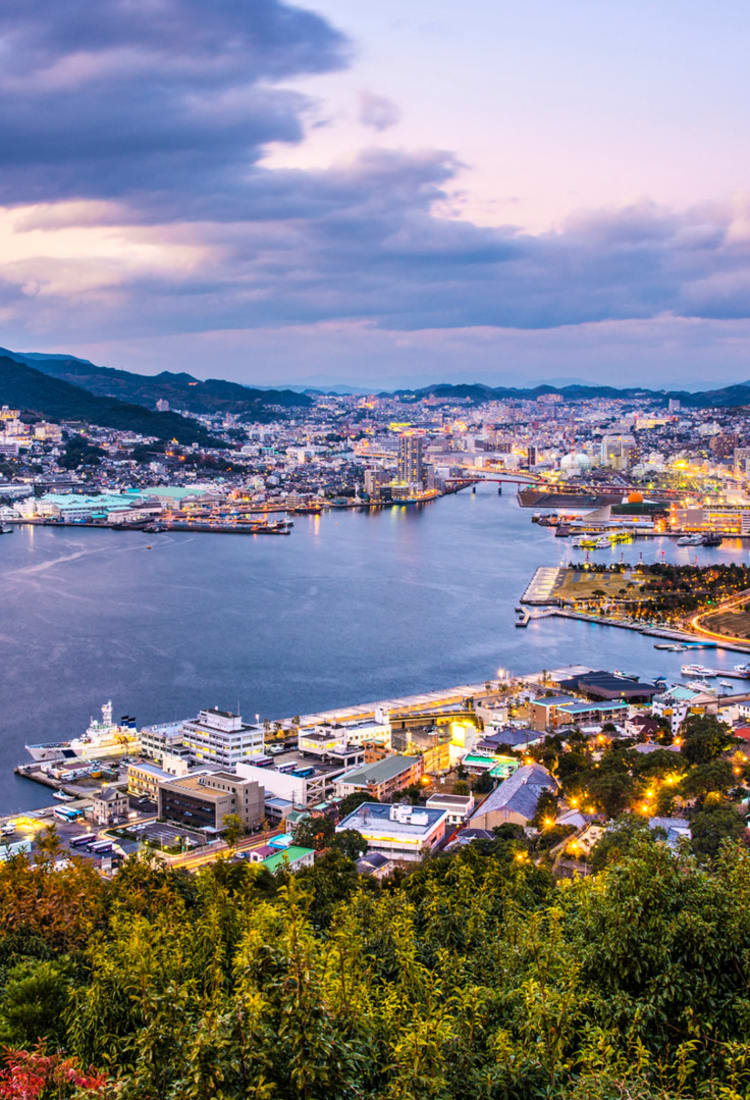
Nagasaki A gourmand’s port city, with a rich history of international influences
A Culinary Journey in Nagasaki
Nagasaki Prefecture, nestled on the western coast of the Kyushu region, is a prefecture steeped in rich cultural heritage and historical significance. The prefectural capital, Nagasaki City, holds a pivotal place in Japan's history as the gateway to international trade during the Edo period (1603 - 1868,) connecting Japan with the outside world. This historical role significantly contributed to the diversity of Nagasaki's food culture. Plus, with its picturesque coastal landscapes and a climate tempered by the surrounding seas, Nagasaki is a trove of fresh seafood and unique local dishes.
Nagasaki’s fertile lands and mild climate also support the cultivation of a variety of agricultural products, including mikan (mandarin oranges) and biwa (loquats), which are enjoyed fresh or used in desserts and preserves. Nagasaki is also famous for its succulent fresh seafood, with specialties like Torafugu (tiger pufferfish), mackerel, and squid. These ingredients are often enjoyed as sashimi, grilled, or in traditional dishes like Shippoku, a fusion cuisine that blends Japanese, Chinese, and Western elements, showcasing the prefecture's rich cultural tapestry.
The food culture of Nagasaki is deeply rooted in its unique history as a major port city, which has brought together diverse culinary influences from China, the Netherlands, and Portugal. This rich blend of cultural influences is evident in local specialties such as castella, a sponge cake introduced by the Portuguese, and Shippoku Ryori. This rich historical backdrop makes Nagasaki a captivating travel destination, brimming with natural beauty, historical intrigue, cultural depth, and distinctive gourmet cuisine.
Savour the unique tastes of Nagasaki and discover the stories behind each delicious bite.
Champon (Soup noodles with seafood and vegetables)

What it is (ingredients)
Champon is a noodle dish featuring a robust seafood broth enriched with a medley of fresh ingredients. It typically includes shrimp, squid, and pork slices, complemented by vegetables such as cabbage, bean sprouts, and carrots. The noodles are thicker and chewier, absorbing the savoury essence of the broth.
History/Origin
Originating from Nagasaki City, which has been developed as an international port since the late 16th century, Champon reflects the city's historical ties with Chinese cuisine. Introduced by Chinese immigrants, the dish quickly evolved to incorporate local seafood and vegetables, creating a distinctive fusion of flavours and textures. Today, it stands as a beloved symbol of Nagasaki's multicultural culinary heritage.
Where You Can Eat
Nagasaki Champon can be savoured at numerous restaurants and street stalls throughout Nagasaki Prefecture. Traditional eateries in Nagasaki City's Chinatown serve this historical dish and each establishment adds its unique twist while staying true to the dish's origins.
When to Eat
Ideal for cooler months, Nagasaki Champon offers comforting warmth and satisfying richness. It's perfect after a day exploring Nagasaki's historical landmarks, or as a wholesome meal to share with friends and family.
Dive into the flavours of Nagasaki Champon, where every spoonful tells a story of cultural fusion and culinary excellence.
Sara-udon (Deep-fried noodles with sauce)

What it is (ingredients)
Sara-udon features crispy deep-fried noodles topped with a savoury sauce made from a blend of soy sauce, oyster sauce, and dashi broth. The dish is generally garnished with stir-fried vegetables such as cabbage, bean sprouts, carrots, thinly sliced pork, or seafood such as shrimp and squid.
History/Origin
Originating from the lively Nagasaki City during the Meiji period (1868 - 1912), Sara-udon was inspired by Chinese immigrants who brought their culinary expertise to Japan. The dish's name "Sara" refers to the ceramic plate traditionally used to serve the noodles, as opposed to a bowl, so that it’s crispy texture and rich variety of ingredients can be easily shared, and admired in their entirety. Sara-udon was devised in order to create a more portable equivalent of “Champon”; originally featuring a thicker style of udon-esque noodles as seen in Champon, and kept the name, despite coming to more commonly include the chow mein-style noodles seen today. Throughout years of refinement, these two specialties have developed in tandem to showcase Nagasaki's cultural diversity and culinary history.
Where You Can Eat
Sara-udon is widely available in restaurants throughout Nagasaki Prefecture, particularly in Nagasaki City's Chinatown (Shinchi Chinatown) and local eateries specializing in local delicacies. Even local fast-food chains will often serve quick authentic Sara-udon to tourists. Enjoying it at a bustling noodle shop or a cozy diner, you can experience the unique textures and this iconic dish’s flavour.
When to Eat
Best enjoyed year-round, Sara-udon is particularly satisfying during colder months when its warmth and crunchy texture provide comfort and nourishment.
Indulge in the crispy delights of Sara-udon, capturing Nagasaki's cultural fusion and culinary mastery.
Kasutera (Castella cake)

What it is (ingredients)
Kasutera, or Castella cake, is a moist and fluffy sponge cake made from simple ingredients such as eggs, sugar, flour, and sometimes honey. This delicacy reflects Nagasaki's historical ties to Portuguese merchants who introduced this recipe in the 16th century. Variations may include green tea or honey-infused versions, adding a unique twist to the traditional recipe.
History/Origin
Originating from the Portuguese Pão de Castela, Kasutera became popular during Japan's Edo period (1603 - 1868), embraced for its soft texture and subtly sweet taste. Nagasaki, a historical trading port, adopted and perfected the recipe, blending Portuguese techniques with local ingredients. Today, Kasutera remains a beloved symbol of cultural exchange and culinary craftsmanship in Nagasaki.
Where You Can Eat
Kasutera is widely available in Nagasaki at local bakeries, confectioneries, and specialty shops. While many establishments offer this delicacy, visiting historical districts like Dejima or browsing through traditional markets provides an authentic taste of Nagasaki's Kasutera, freshly baked and wrapped in history.
When to Eat
You can enjoy Kasutera year-round. In Nagasaki, during the Girl's Festival on March 3rd, Momo Kasutera, peach-shaped Castella cakes adorned with fondant peaches on top, are sold in many shops with hopes for children to grow up healthy and happy. Savour a slice with tea or coffee for a mid-afternoon treat, or give it as a thoughtful souvenir that embodies Nagasaki's rich culinary heritage.
Indulge in a slice of Kasutera and experience the timeless flavours that have captivated locals and visitors for centuries in Nagasaki.


















































